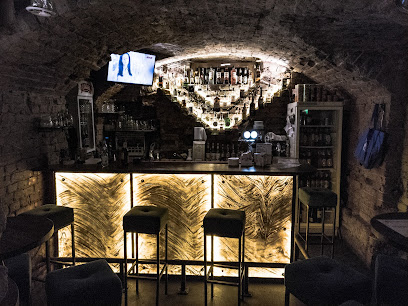
The Resilient Remnants of the Warsaw Ghetto Wall
Discover the historical significance of the Warsaw Ghetto Wall, a testament to resilience and a vital memorial in the heart of Warsaw.
Explore the solemn beauty of the Warsaw Ghetto Wall, an essential historical site that evokes the resilience of the human spirit amidst tragedy. This poignant attraction invites tourists to reflect on the past and honor those who suffered during World War II.
A brief summary to Warsaw Ghetto Wall
- Sienna 53, Warsaw, Wola, 00-823, PL
- Visit website
- Monday 4 pm-8:30 pm
- Tuesday 4 pm-8:30 pm
- Wednesday 4 pm-8:30 pm
- Thursday 4 pm-8:30 pm
- Friday 4 pm-8:30 pm
- Saturday 9 am-1 pm
- Sunday 12 am-12 am
Local tips
- Visit early in the morning or late afternoon for a quieter and more reflective experience.
- Take your time reading the informative plaques to fully appreciate the site's historical context.
- Combine your visit with nearby memorials and museums for a comprehensive understanding of Jewish history in Warsaw.
- Bring a camera, but be respectful—this is a memorial site.
- Consider joining a guided tour to gain deeper insights into the history and significance of the wall.
Getting There
-
Walking
If you are starting from the Warsaw central train station (Dworzec Centralny), exit the station and head towards the street 'Aleje Jerozolimskie'. Walk straight along this street for about 1 km until you reach 'Plac Zawiszy', a major roundabout. From there, take the exit towards 'ulica Żelazna'. Continue walking straight until you reach 'ulica Sienna'. Turn right onto 'Sienna'. The Warsaw Ghetto Wall is located at Sienna 53, just a short walk down the street.
-
Public Transport - Tram
From the central train station (Dworzec Centralny), you can take tram line 9 or 24. Board the tram from the stop 'Dworzec Centralny'. Ride for about 5 stops and get off at 'Hala Mirowska'. From there, walk towards 'ulica Sienna' which is a 10-minute walk. Turn left onto 'Sienna', and you will arrive at Sienna 53, where the Warsaw Ghetto Wall is located.
-
Public Transport - Bus
If you prefer to take the bus, catch bus number 175 from the central train station (Dworzec Centralny) towards 'Wola'. After about 10 minutes, get off at the 'Rondo ONZ' stop. From there, walk towards 'ulica Sienna', which is a short 10-minute walk. Turn left onto 'Sienna' and continue until you reach Sienna 53, the site of the Warsaw Ghetto Wall.
Discover more about Warsaw Ghetto Wall
Iconic landmarks you can’t miss
Enklawa Getta
0.0 km
Explore the rich history and poignant memories at Enklawa Getta, a significant historical landmark in Warsaw's Wola district.
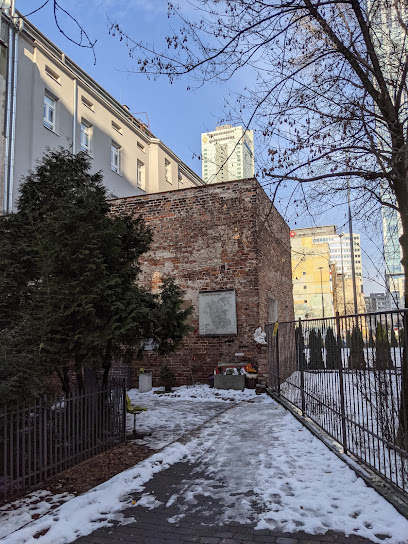
Warsaw Tourist Office
0.5 km
Explore Warsaw with ease from the Warsaw Tourist Office, your essential resource for navigating Poland's capital city with expert advice and local insights.
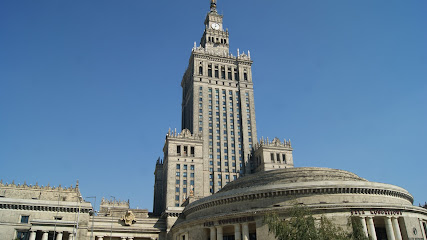
Hampton by Hilton Warsaw City Centre
0.7 km
Experience comfort and modern amenities at the Hampton by Hilton Warsaw City Centre, your ideal base for exploring the vibrant heart of Warsaw.
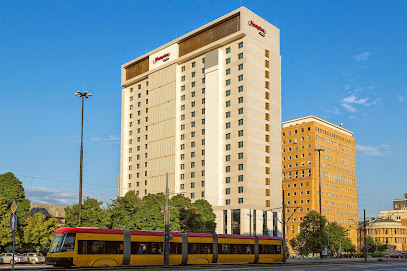
Ściana Wschodnia
0.8 km
Explore the rich history and architectural beauty of Ściana Wschodnia, a must-see historical landmark in the heart of Warsaw.
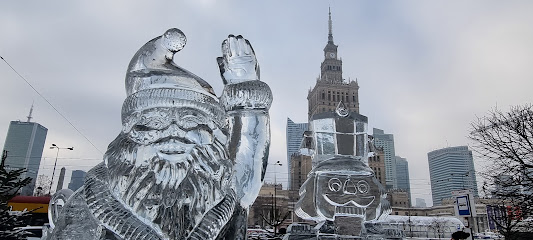
plac Powstańców Warszawy & Plac Powstańców Warszawy
1.1 km
Explore the vibrant history and culture of Warsaw at Plac Powstańców Warszawy, a bustling intersection rich in stories and local charm.
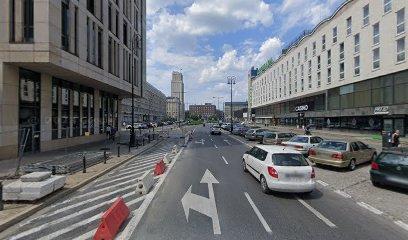
The Warsaw Rising Museum
1.2 km
Discover the poignant history of the Warsaw Uprising at the Warsaw Rising Museum, a tribute to courage and resilience in the heart of Poland.
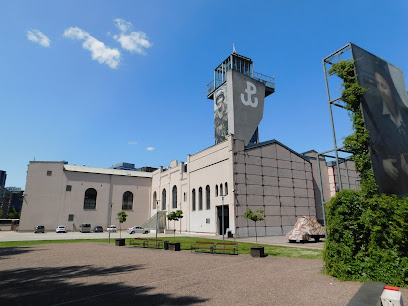
Hala Koszyki
1.3 km
Discover Hala Koszyki, Warsaw's vibrant food hall featuring diverse culinary delights, artisanal shops, and a lively atmosphere in a historic setting.
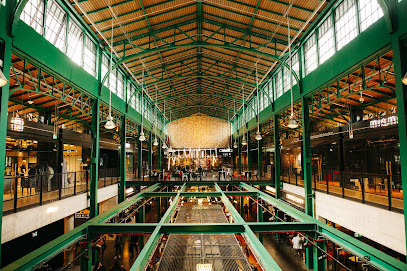
The Boy and the Swan
1.3 km
Experience the serene beauty of The Boy and the Swan in Warsaw's Ogród Saski, a perfect retreat for relaxation and reflection amidst nature.
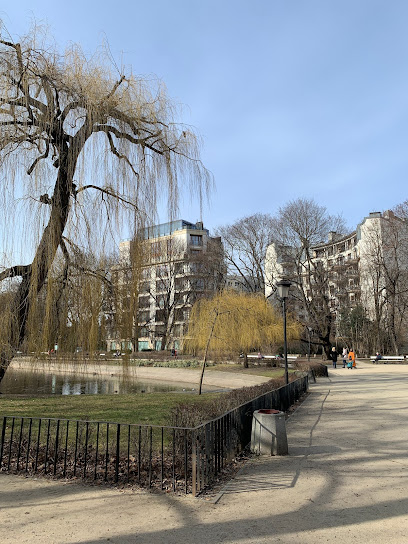
plac Bankowy
1.4 km
Explore the vibrant heart of Warsaw at Plac Bankowy, where history meets modernity in a stunning urban square.

Tomb of the Unknown Soldier
1.4 km
Explore the Tomb of the Unknown Soldier in Warsaw, a solemn memorial honoring the sacrifices of Polish heroes throughout history.
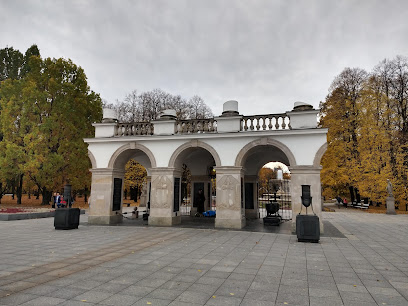
New World St. Hostel
1.4 km
Discover the heart of Warsaw from New World St. Hostel, where comfort meets culture in an ideal location for every traveler.

Aleksandra Fredry 6
1.4 km
Explore the architectural beauty and rich history of Aleksandra Fredry 6, a landmark in the heart of Warsaw that showcases the city’s cultural evolution.

State Flag Post
1.5 km
Discover the State Flag Post in Warsaw, a majestic symbol of Polish pride nestled in a vibrant historical square, reflecting the country’s rich heritage.
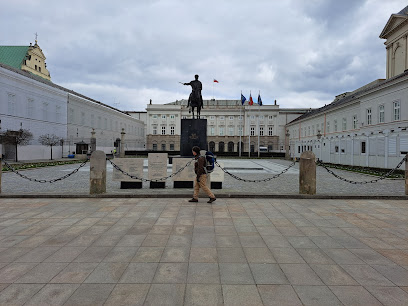
Płyta pamięci
1.5 km
Discover the significance of Płyta Pamięci, a historical landmark in Warsaw that honors the resilience and spirit of the Polish people amidst a vibrant urban backdrop.
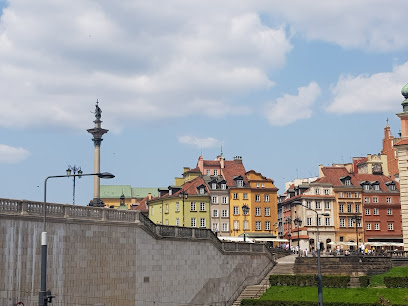
rondo gen. Charles'a de Gaulle'a 2
1.5 km
Discover the vibrant centerpiece of Warsaw at Rondo Gen. Charles'a de Gaulle'a, surrounded by rich history and dynamic city life.
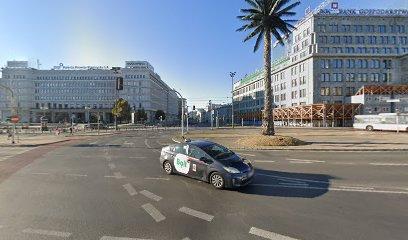
Unmissable attractions to see
Tablice pamiątkowe getta
0.0 km
Discover the Ghetto Memorial Plaques in Warsaw, a touching tribute to the resilience of the Jewish community during World War II.
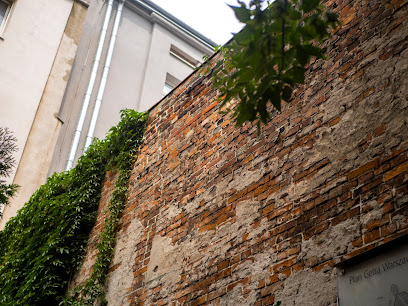
Fragment Of Ghetto Wall
0.0 km
Discover the Fragment of Ghetto Wall, a poignant historical landmark in Warsaw symbolizing resilience and remembrance of the Holocaust.
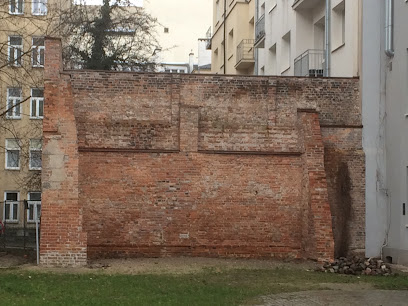
Warsaw Ghetto Museum
0.1 km
Uncover the poignant history of the Warsaw Ghetto at this museum dedicated to remembrance and education about the Jewish experience during WWII.
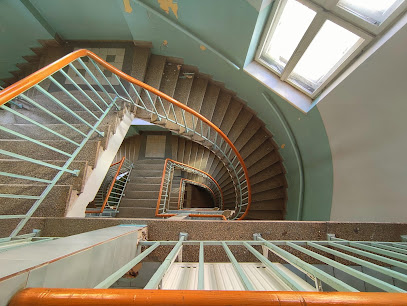
Mural - Żołnierz
0.1 km
Explore the captivating Mural - Żołnierz in Warsaw, a stunning tribute to Polish soldiers and a vibrant piece of cultural heritage.
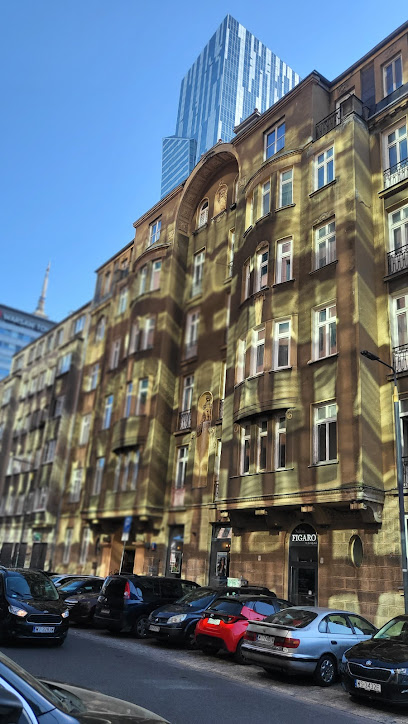
Varso
0.3 km
Discover Warsaw from above at Varso, the tallest building in the EU, featuring an observation deck with breathtaking city views.

Ghetto wall remnant 2
0.3 km
Explore the Ghetto Wall Remnant 2: A poignant historical landmark in Warsaw that reflects on the resilience of the human spirit.
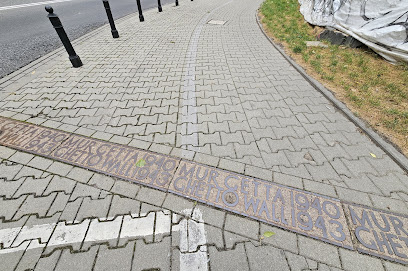
Hard Rock Cafe Warsaw
0.4 km
Discover the vibrant energy of Hard Rock Cafe Warsaw, where American cuisine meets rock 'n' roll in a lively atmosphere.
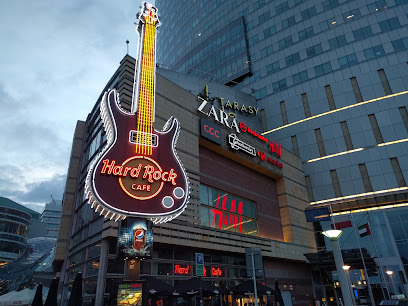
City Sightseeing Warsaw
0.4 km
Discover the vibrant culture and stunning landmarks of Warsaw with City Sightseeing's convenient and informative bus tours.
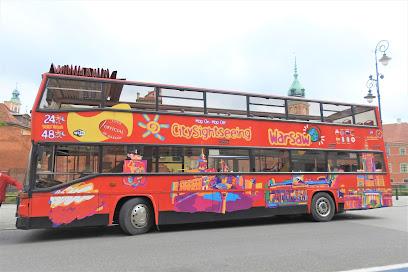
Monument to Janusz Korczak
0.5 km
Explore the poignant Monument to Janusz Korczak in Warsaw, a tribute to the spirit of childhood and the legacy of a compassionate advocate.
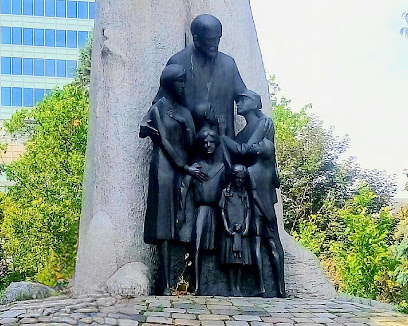
Palace of Culture and Science
0.5 km
Discover the iconic Palace of Culture and Science, a cultural gem in Warsaw offering stunning views, theaters, and rich history, perfect for every traveler.
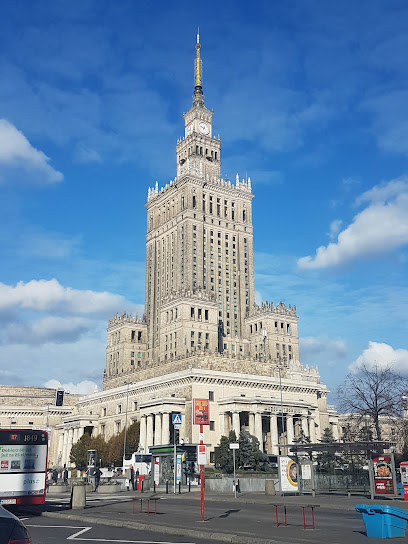
Museum of Evolution
0.5 km
Discover the story of life on Earth at the Museum of Evolution in Warsaw, featuring interactive exhibits and remarkable displays of biodiversity.
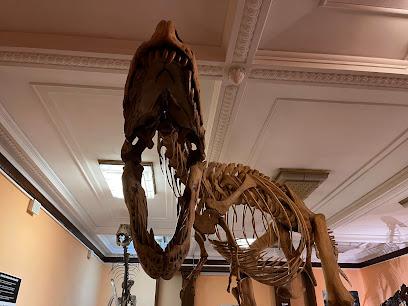
Varsovia en español
0.5 km
Explore Warsaw's vibrant culture and history at Varsovia en Español, the perfect tourist destination in Poland's capital city.
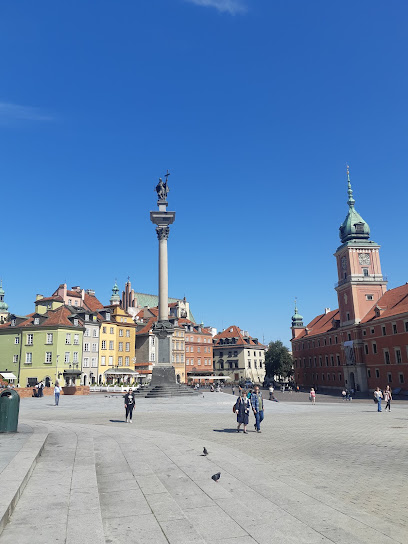
Observation deck
0.5 km
Experience breathtaking panoramic views of Warsaw's skyline from the iconic Observation Deck, a must-visit tourist attraction in Poland's vibrant capital.
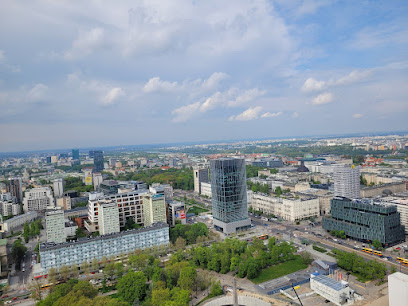
Kamienica przy Waliców 14
0.5 km
Discover the architectural beauty and rich history of Kamienica przy Waliców 14, a must-see landmark in the heart of Warsaw.
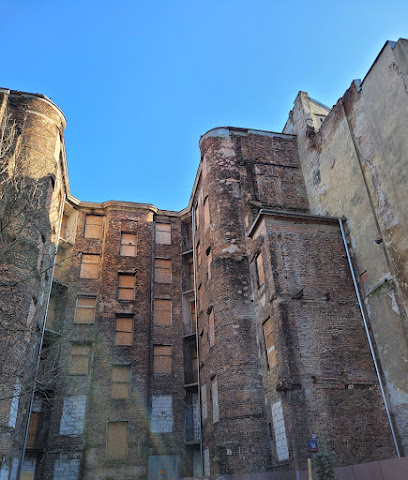
Ghetto wall
0.5 km
Discover the poignant history of the Ghetto Wall in Warsaw, a significant landmark that tells the story of resilience and remembrance.

Essential places to dine
Platter by Karol Okrasa
0.3 km
Discover the exquisite flavors of modern European cuisine at Platter by Karol Okrasa in Warsaw - where every meal is a celebration of taste.

DownTown Restaurant
0.3 km
Experience culinary delights at DownTown Restaurant in Warsaw, where tradition meets modern elegance in every dish.

Restauracja W Kuchni
0.5 km
Savor authentic Ukrainian cuisine at Restauracja W Kuchni in Warsaw – a delightful culinary journey awaits!

Kulturalna
0.6 km
Discover Kulturalna: A delightful blend of gourmet cuisine, live music, and dog-friendly vibes in the heart of Warsaw.
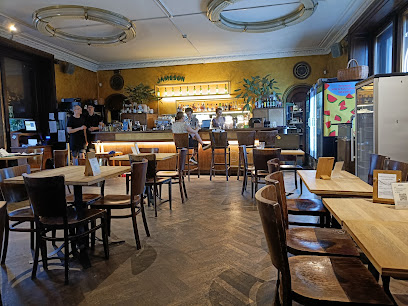
Restauracja Primitivo Kuchnia i Wino - kuchnia śródziemnomorska Warszawa
0.6 km
Experience authentic Mediterranean flavors at Restauracja Primitivo in Warsaw, where exquisite cuisine meets a vibrant atmosphere.
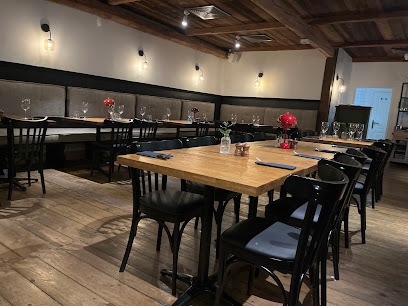
RADIO CAFE
0.7 km
Discover the heart of Polish cuisine at Radio Cafe - where tradition meets modern comfort in the vibrant city of Warsaw.

Kieliszki na Próżnej
0.7 km
Discover culinary excellence at Kieliszki na Próżnej in Warsaw – where traditional Polish flavors meet modern artistry.

Beef and Pepper Steak house
0.7 km
Discover the best steak house in Warsaw with exquisite American and Polish cuisine at Beef and Pepper.

Żebra i Kości
0.8 km
Experience top-notch meat dishes at Żebra i Kości – Warsaw's premier destination for carnivorous delights.

DIFFERENT restauracja w ciemności
0.9 km
Experience culinary delight in complete darkness at DIFFERENT restauracja w ciemności, where every bite is an adventure for your senses.

Czerwony Wieprz | restauracja polska Warszawa Śródmieście
0.9 km
Experience authentic Polish cuisine at Czerwony Wieprz in Warsaw’s Wola district - a culinary journey through tradition.
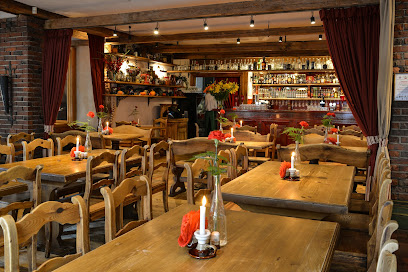
ČESKÁ beer restaurant
0.9 km
Discover delicious Czech cuisine and local beers at ČESKÁ Beer Restaurant in Warsaw's city center.

STIXX Bar & Grill
0.9 km
Discover culinary delights at STIXX Bar & Grill in Warsaw - where exquisite seafood meets premium steaks amidst live music and vibrant ambiance.

N31 Restaurant & Bar
1.0 km
Savor exquisite Polish cuisine at N31 Restaurant & Bar in Warsaw - where fine dining meets vibrant atmosphere.
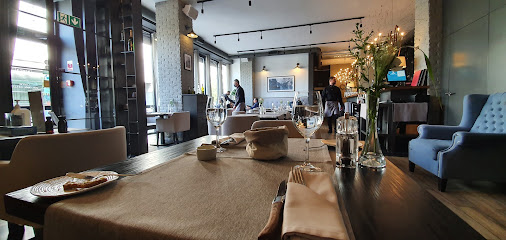
Nobu Restaurant Warsaw
1.1 km
Experience the fusion of traditional Japanese flavors and modern culinary artistry at Nobu Restaurant Warsaw.

Markets, malls and hidden boutiques
Super Prezenty Złote Tarasy
0.2 km
Explore a charming gift shop in the heart of Warsaw's Złote Tarasy, featuring unique souvenirs that capture the spirit of Poland.

Złote Tarasy
0.3 km
Discover a vibrant shopping and entertainment hub in Warsaw at Złote Tarasy, where modern architecture meets unique shopping experiences.
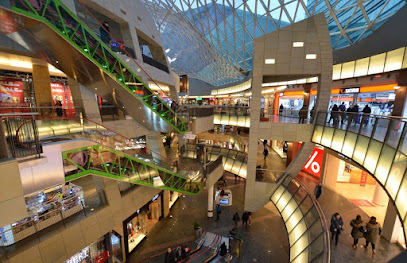
Fashion Street
0.4 km
Explore Fashion Street in Warsaw, a vibrant shopping haven with trendy stores and local delights, perfect for fashion lovers and culture seekers.
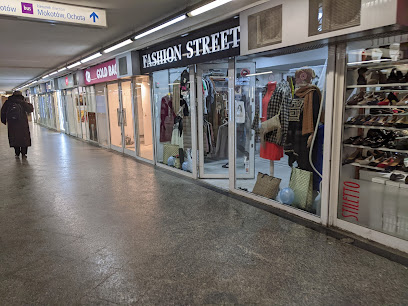
Folkstar Warszawa Śródmieście
0.5 km
Discover authentic Polish crafts and souvenirs at Folkstar Warszawa, a must-visit destination for tourists seeking unique treasures.

Poland Mint,Warsaw
0.5 km
Discover the rich numismatic heritage of Poland at Poland Mint, a must-visit collectibles store in Warsaw's vibrant Wola district.
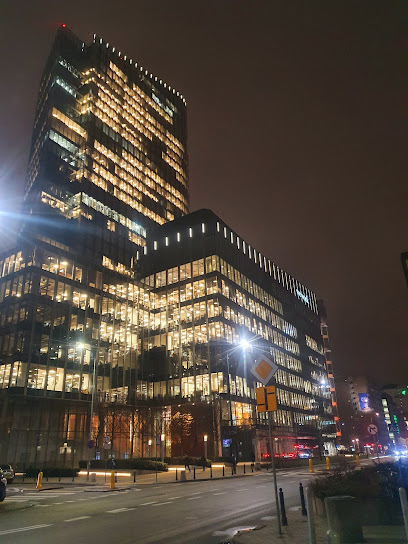
Wars Sawa Junior
0.9 km
Explore the best shopping and dining experience at Wars Sawa Junior, a vibrant shopping mall in the heart of Warsaw, Poland.
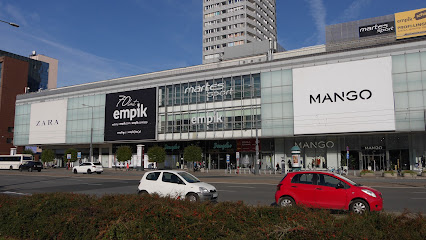
Uii im Wars Sawa Junior
0.9 km
Discover Uii im Wars Sawa Junior: A shopping paradise in the heart of Warsaw, blending local culture with diverse retail and dining experiences.
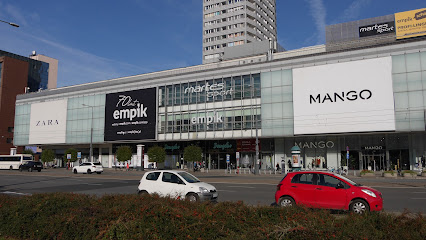
Geschenke für Männer
0.9 km
Explore 'Geschenke für Männer' in Warsaw, a must-visit gift shop offering unique presents and local craftsmanship for every occasion.
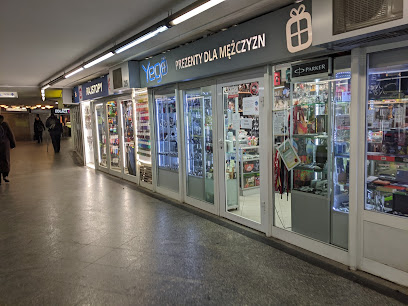
Panda Concept Store
1.0 km
Explore the Panda Concept Store in Warsaw for unique souvenirs, children's clothing, and toys that reflect the city's vibrant culture.
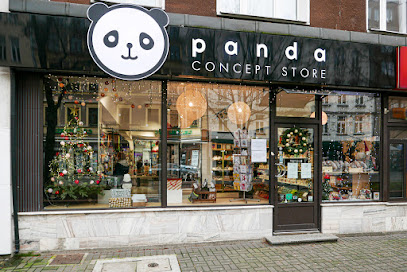
MUSS Vintage Shop
1.1 km
Uncover unique vintage finds at MUSS Vintage Shop in Warsaw, where every piece has a story and style meets history.

TFH CONCEPT STORE
1.1 km
Discover the artistic essence of Warsaw at TFH Concept Store, where fashion meets vintage charm in a vibrant shopping experience.

RISK made in warsaw
1.1 km
Explore the creative heart of Warsaw at RISK made in Warsaw, a boutique offering unique local and international treasures.

Sodium Outlet
1.2 km
Discover incredible savings and local craftsmanship at Sodium Outlet, Warsaw's premier destination for shopping and style.
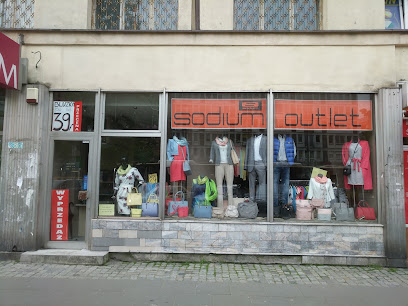
kulki vintage shop & second hand & klub wymiany ubrań
1.3 km
Discover unique vintage clothing at Kulki Vintage Shop in Warsaw's Śródmieście district, where every piece tells a story.

Louis Vuitton Warsaw
1.4 km
Explore the elegance of Louis Vuitton Warsaw – a luxury haven for fashion lovers in the heart of Poland's capital city.
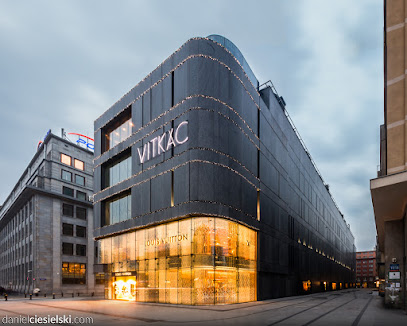
Essential bars & hidden hideouts
Pianka | restauracja całodobowa
0.9 km
Experience the vibrant flavors of Pianka, a 24-hour restaurant in Warsaw offering American and Polish cuisine in a lively atmosphere.

The Roof
1.0 km
Experience breathtaking views and innovative cocktails at The Roof Sky Bar, the ultimate nightlife destination in Warsaw.

Ramona Bar
1.0 km
Explore the vibrant cocktail culture at Ramona Bar, Warsaw's trendy destination for expertly crafted drinks and a lively atmosphere in Śródmieście.
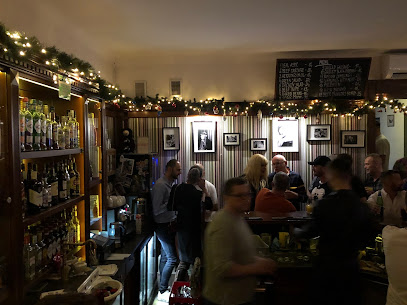
Miejska Dżungla Warszwa
1.1 km
Discover the tropical retreat of Miejska Dżungla Warszwa, where vibrant cocktails and lush decor create an unforgettable nightlife experience in Warsaw.
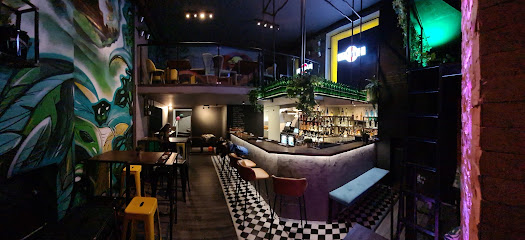
Loreta Bar
1.1 km
Discover the charm of Loreta Bar in Warsaw – a stylish lounge offering exquisite drinks and a welcoming atmosphere for relaxation and socializing.
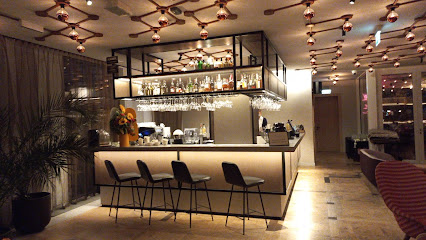
Kufle i Kapsle
1.1 km
Discover Kufle i Kapsle, Warsaw's premier brewpub offering an eclectic mix of local craft beers and delicious food in a vibrant atmosphere.
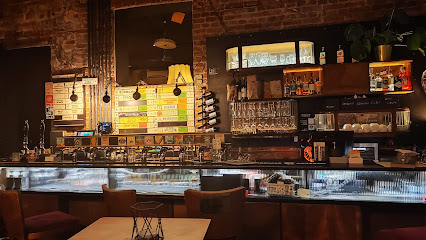
Steam Bar
1.1 km
Experience the vibrant cocktail culture at Steam Bar in Warsaw, where innovative drinks and a lively atmosphere await you.
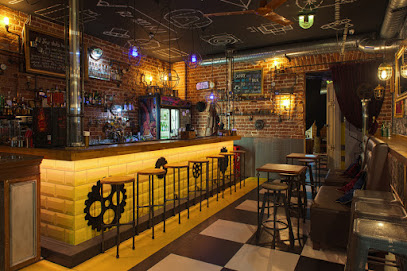
El Koktel
1.2 km
Experience the art of mixology at El Koktel, Warsaw's premier cocktail bar with innovative drinks in a vibrant and chic atmosphere.

Kraken Rum Bar
1.2 km
Discover the vibrant Kraken Rum Bar in Warsaw, where delicious tapas and an extensive rum selection await in a lively maritime-themed setting.
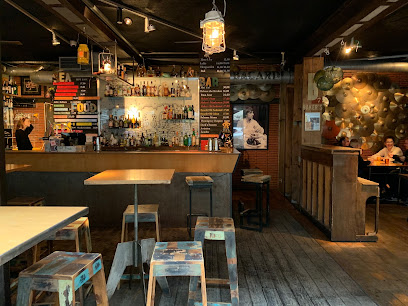
Czupito Shot Bar
1.2 km
Discover the vibrant nightlife of Warsaw at Czupito Shot Bar, where creative shots and a lively atmosphere await every visitor.

RITUAL Cocktail Club
1.2 km
Discover the dynamic nightlife of Warsaw at RITUAL Cocktail Club, where exquisite cocktails and live music create unforgettable nights.

Aura
1.3 km
Discover Aura, Warsaw's stylish cocktail bar known for its expertly crafted drinks and vibrant nightlife ambiance.

UPPER DECK Wine & Cocktail Bar
1.3 km
Discover the elegance of UPPER DECK Wine & Cocktail Bar in Warsaw, where exquisite drinks meet stunning city views for an unforgettable experience.
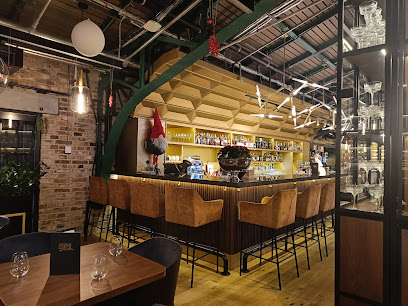
Veles Bar
1.3 km
Experience the vibrant cocktail culture of Warsaw at Veles Bar, where expertly crafted drinks meet a stylish atmosphere.
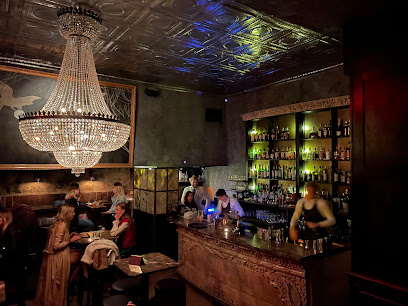
Och i Ach
1.4 km
Experience the vibrant nightlife at Och i Ach, Warsaw's premier cocktail bar and karaoke lounge, where fun and flavor come together.
